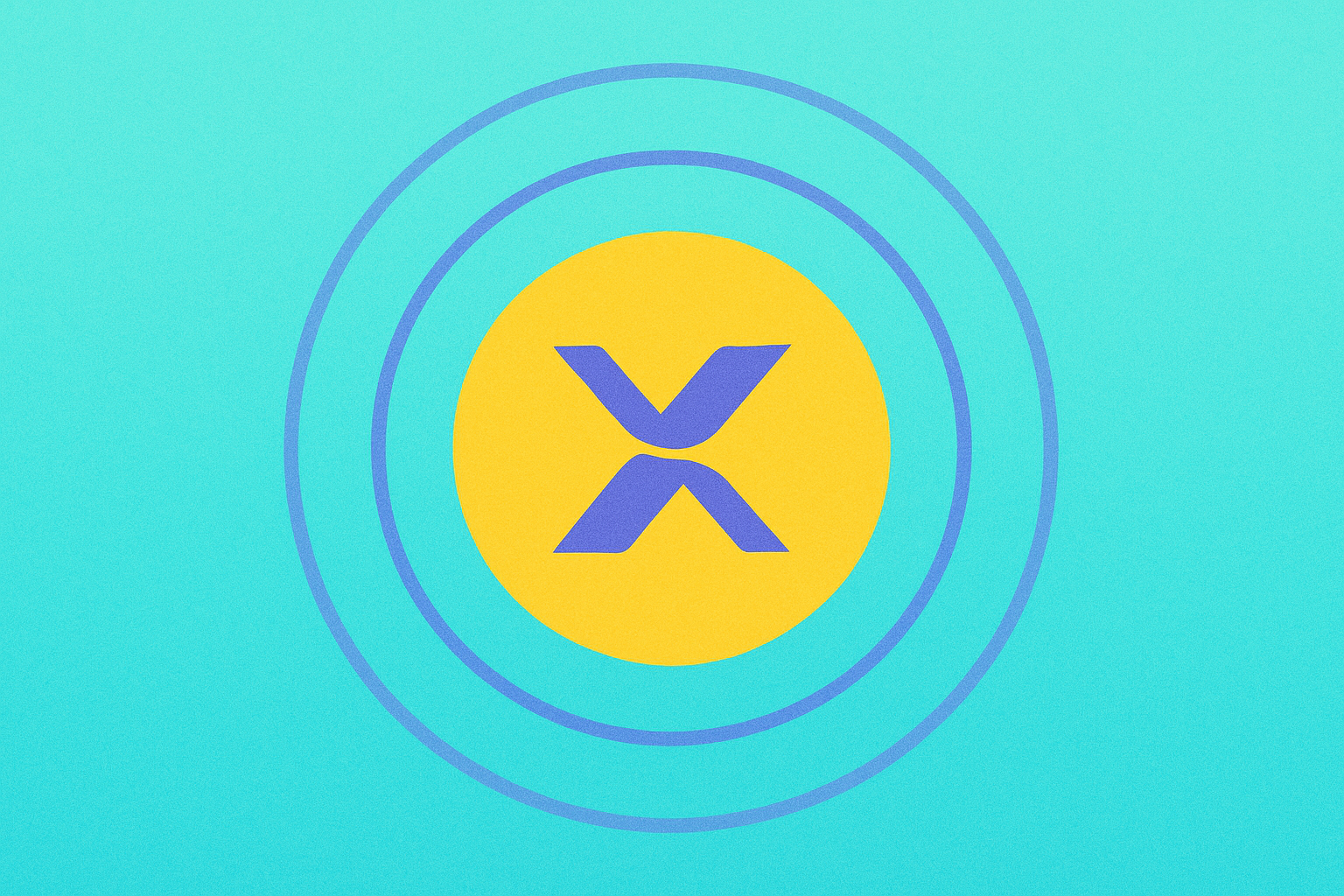Sürekli DEX'leri Anlamak: Merkeziyetsiz Vadeli İşlem Trade için Kapsamlı Bir Rehber

Sürekli DEX'lerin Yükselişi: Vadeli İşlem Trade'ini Devrimcilikleştirmek
Sürekli merkeziyetsiz borsa (DEX'ler), kripto para ticareti dünyasında devrim niteliğinde bir yenilik olarak ortaya çıkmıştır ve tüccarların nasıl etkileşimde bulunduğu konusunda yeni bir paradigma sunmaktadır.vadeli işlempazarlar. Kullanıcıların sona erme tarihleri olmadan sürekli vadeli işlem sözleşmeleri ticareti yapmalarına olanak tanıyan bu platformlar, traderların kripto alanındaki kaldıraçlı pozisyonlara yaklaşımını devrim niteliğinde değiştirmiştir. Sürekli DEX'lerin nasıl çalıştığı kavramı, aracılara ihtiyaç duymadan ticaretlerin şeffaf ve güvenilmez bir şekilde gerçekleştirilmesini sağlayan akıllı sözleşme teknolojisine dayanmaktadır.
Merkeziyetsiz vadeli işlem ticaretinin ana faydalarından biri, kullanıcılara sunduğu artırılmış güvenlik ve kontrol. Kullanıcıların fonlarının saklanması için bir üçüncü tarafa güvenmek zorunda olduğu merkezi borsa sistemlerinin aksine, sürekli DEX'ler, trader'ların varlıklarının tam kontrolünü işlem gerçekleştirilene kadar korumasına olanak tanır. Bu saklama dışı yaklaşım, geçmişte merkezi platformları rahatsız eden hack veya fonların kötü yönetimi riskini önemli ölçüde azaltır. Ayrıca, blockchain teknolojisinin şeffaf doğası, tüm işlemlerin ve likidasyonların zincir üzerinde doğrulanabilir olduğu anlamına gelir ve bu da vadeli işlem piyasasında eşi benzeri görülmemiş bir hesap verebilirlik seviyesi sağlar.
Sürekli DEX'lerin yükselişi meteoritik oldu ve ticaret hacimleri etkileyici yüksekliklere ulaştı. 2024'te, merkeziyetsiz sürekli hacimler 1,5 trilyon doları aştı ve bu yenilikçi ticaret platformlarına olan artan talebi gözler önüne serdi. Bu popülaritedeki artış, DeFi protokollerinin giderek daha karmaşık hale gelmesi, kullanıcı arayüzlerinin iyileşmesi ve yatırımcıların varlıkları üzerinde daha fazla kontrol isteği gibi birkaç faktöre atfedilebilir. Ekosistem olgunlaştıkça, sürekli DEX'lerde daha gelişmiş özellikler ve likidite seçeneklerinin sunulmasını bekleyebiliriz, bu da onları merkeziyetsiz finansın temel taşlarından biri olarak sağlamlaştıracaktır.
Merkeziyetsiz Sürekli Borsa İşlemlerini Ustalaşmak: Bir Trader’ın Rehberi
Sürekli DEX ticaretinde başarılı olmak için, traderların bu platformların benzersiz yönleri ile tanışması gerekmektedir. Kritik bir unsur, sürekli sözleşme fiyatını temel varlığın spot fiyatıyla uyumlu tutmak için kullanılan finansman oranı mekanizmasını anlamaktır. Genellikle iç fiyatlama kullanan merkezi borsaların aksine, DEX'ler genellikle fiyatları finansman oranı formüllerine iletmek için Chainlink gibi zincir içi oracle'lara dayanır. Bu, daha şeffaf ve manipülasyona dayanıklı bir fiyatlandırma mekanizması sağlar.
Tüccarların ustalaşması gereken bir diğer kritik konu, sürekli DEX'lerdeki likidite havuzları kavramıdır. Bu havuzlar, merkezi borsalarda bulunan geleneksel emir defteri modelinin yerini alarak ticaretin karşı tarafı olarak işlev görür. Tüccarların bu havuzların derinliğini ve ticaretlerinin fiyatlar üzerindeki olası etkilerini, özellikle daha büyük pozisyonlarla işlem yaparken, dikkate almaları gerekir. Gate’in vadeli DEX özellikleri gibi bazı platformlar, likiditeyi artırmak ve kaymayı azaltmak için yenilikçi çözümler sunarak daha verimli bir ticaret deneyimi sağlar.
Merkezi ve merkeziyetsiz sürekli borsaların karşılaştırılması, traderların bilmesi gereken bazı önemli farkları ortaya koymaktadır:
| Özellik | Merkezi Borsalar | Merkeziyetsiz Borsalar |
|---|---|---|
| Varlık Saklama | Borsa tarafından tutuluyor | Non-custodial |
| Kaldıraç | Yüksek (100x+'ya kadar) | Daha düşük (genellikle 10-50x) |
| Ücretler | Daha düşük işlem ücretleri | Daha yüksek ücretler (gaz dahil) |
| Likidite | Genel olarak daha yüksek | Gelişiyor, ama genellikle daha düşük |
| Regülasyon | Daha düzenlenmiş | Daha az düzenleyici denetim |
Bu farklılıkları anlamak, farklı platformlarda stratejilerini optimize etmek isteyen traderlar için çok önemlidir. Merkezi borsalar daha yüksek kaldıraç ve daha düşük ücretler sunabilirken, merkeziyetsiz vadeli işlem ticaretinin sağladığı artırılmış güvenlik ve şeffaflık gibi avantajlar, birçok trader için cazip olmaktadır.
Potansiyeli Açma: Sürekli DEX Başarısı için Gelişmiş Stratejiler
Sürekli DEX ticaretinde gerçekten başarılı olmak için, yatırımcıların bu platformların benzersiz özelliklerinden yararlanan gelişmiş stratejiler geliştirmeleri gerekmektedir. Bu stratejilerden biri, bazı DEX'ler tarafından sunulan çapraz teminat kullanma yeteneklerinden faydalanmayı içerir. Bu, yatırımcıların tüm portföylerini teminat olarak kullanmalarına olanak tanır, bu da potansiyel olarak sermaye verimliliğini artırabilir ve daha karmaşık pozisyon yönetimini mümkün kılabilir.
Bir diğer ileri düzey teknik, DeFi protokollerinin bileşenlerini kullanmaktır. Zeki traderlar, sürekli DEX pozisyonlarını getiri sağlama veya kredi protokolleri gibi diğer DeFi araçlarıyla entegre ederek getirilerini maksimize edebilir ve riski daha etkili bir şekilde yönetebilirler. Örneğin, bir trader, bir kredi platformundan ödünç alınan varlıkları, sürekli bir DEX'te kaldıraçlı uzun pozisyon için teminat olarak kullanırken, aynı zamanda kullanılmayan teminat üzerinden getiri elde edebilir.
Likidite sağlama, ileri düzey traderların sürekli DEX'lerde başarı bulabileceği bir diğer alandır. Likidite sağlayıcıları olarak, traderlar diğer kullanıcıların işlemlerinden ücret kazanabilir ve kendi pozisyonları için uygun giriş ve çıkış noktalarından yararlanabilirler. Ancak, bu stratejinin kendine özgü riskleri vardır, özellikle de geçici kayıpların önemli olabileceği dalgalı piyasalarda.
Gelecek Şimdi: Sürekli DEX'lerin DeFi'yi Yeniden Şekillendirmesi
Sürekli DEX'lerin daha geniş DeFi ekosistemi üzerindeki etkisi abartılamaz. Bu platformlar yalnızca vadeli işlemlerin nasıl ticaretinin yapılacağını değiştirmekle kalmıyor; aynı zamanda merkeziyetsiz finansın tüm manzarasını yeniden şekillendiriyor. Sürekli DEX'lerin diğer DeFi protokolleriyle entegrasyonu, yenilik için yeni sinerjiler ve fırsatlar yaratıyor. Örneğin, çapraz zincir sürekli DEX'lerin ortaya çıkması, farklı blockchain ekosistemleri arasındaki engelleri kaldırarak, tüm kripto piyasasında daha verimli sermaye tahsisine olanak tanıyor.
Veriler bu dönüşüm trendini destekliyor. 2024'te, en iyi 10 merkeziyetsiz sürekli vadeli işlem borsası yaklaşık 58,5 trilyon dolarlık bir hacimle işlem yaptı. Bu rakam etkileyici olmakla birlikte, aynı yıl içinde 1,5 trilyon doları aşan merkeziyetsiz sürekli işlem hacimlerinin hızlı büyümesi, trader tercihleri arasında merkeziyetsiz çözümlere doğru önemli bir kaymayı gösteriyor. DEX'lerin altyapılarını ve kullanıcı deneyimlerini geliştirmeye devam etmesiyle bu trendin sürmesi muhtemeldir.
Sürekli DEX'ler evrim geçirmeye devam ederken, risk yönetimi, çapraz zincir birlikte çalışabilirlik ve kurumsal düzeyde ticaret özellikleri gibi alanlarda daha fazla yenilik görmeyi bekleyebiliriz. Gate gibi platformlar, bu evrimin ön saflarında yer alarak, karmaşık tüccarların artan taleplerini karşılamak için sürekli olarak sürekli DEX sunumlarını geliştiriyor. Merkeziyetsiz vadeli işlem ticaretinin geleceği parlak, sürekli DEX'ler daha açık, şeffaf ve verimli bir finansal sisteme doğru ilerlerken öncülük ediyor.

2025'teki En İyi 5 Perp DEX: Gate Perp DEX'in Tekliflerini ve Ticaret Stratejilerini Karşılaştırma

Gate, Perp DEX'i başlattı: Yüksek performanslı Derinlik Likidite Yeniden Şekillendirme Profesyonel Kripto Türevler Ticareti

En İyi 10 Sürekli DEX: Gate Perp DEX ve Daha Fazlası İçin Kapsamlı Bir Rehber

En İyi Sürekli DEX'ler: Gate Perp DEX ve Ötesine Kapsamlı Bir Rehber

Perp DEX'i Anlamak: Merkeziyetsiz Sürekli Ticaretin Geleceği

Perp DEX'i Anlamak: Merkeziyetsiz Sürekli Ticaretin Yakın Geleceği

Xenea Günlük Quiz Yanıtı 13 Aralık 2025

Polygon Ağına Varlık Transferi Kılavuzu

Polygon Ağını Kripto Cüzdanınıza Entegre Etme Kılavuzu

BEP2 ile Dijital Varlıkların Güvenli Saklanmasına Yönelik Yeni Başlayanlar İçin Rehber

Polygon PoS Ağı’na Varlık Aktarma Kılavuzu





